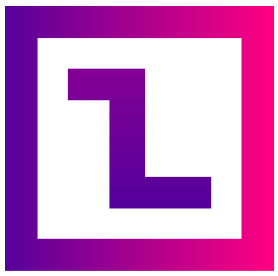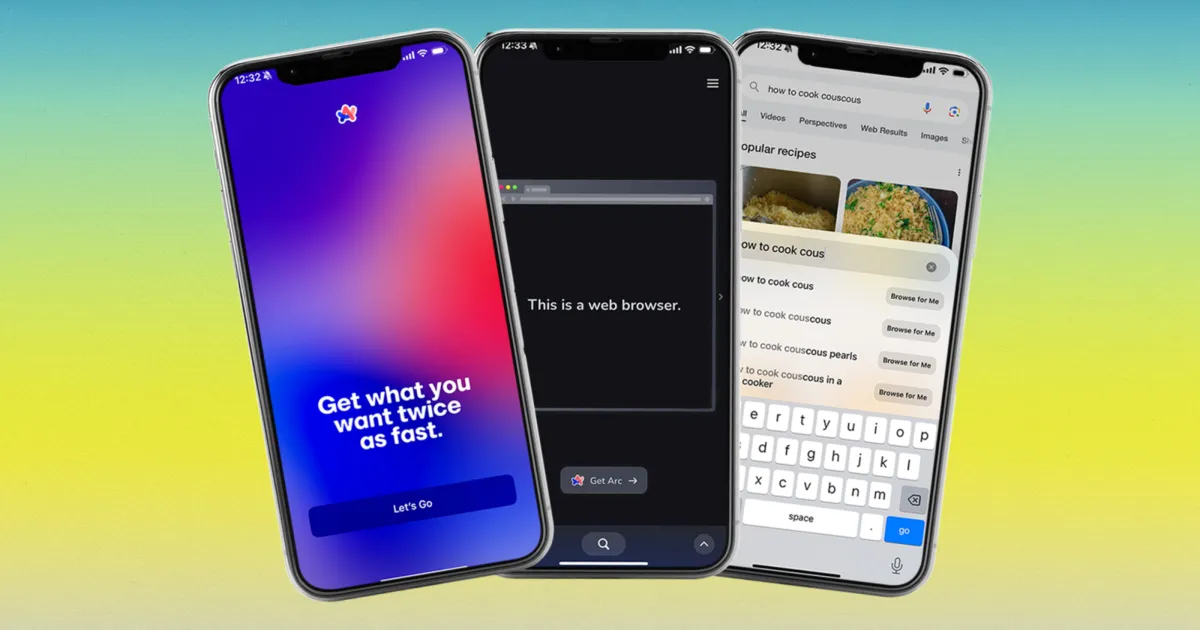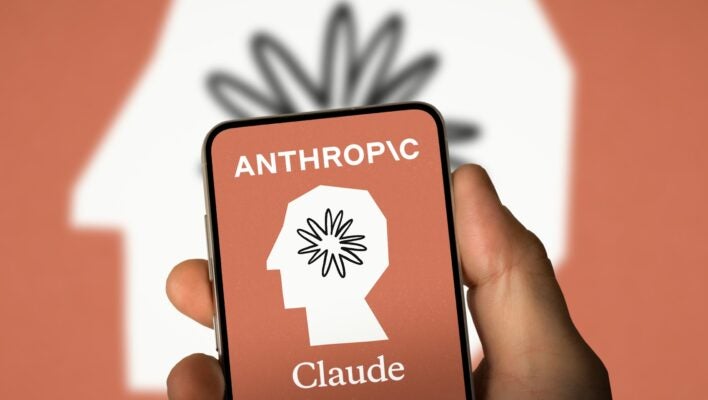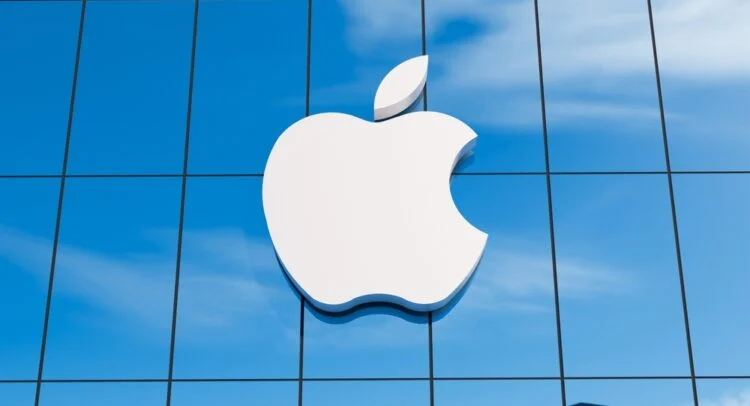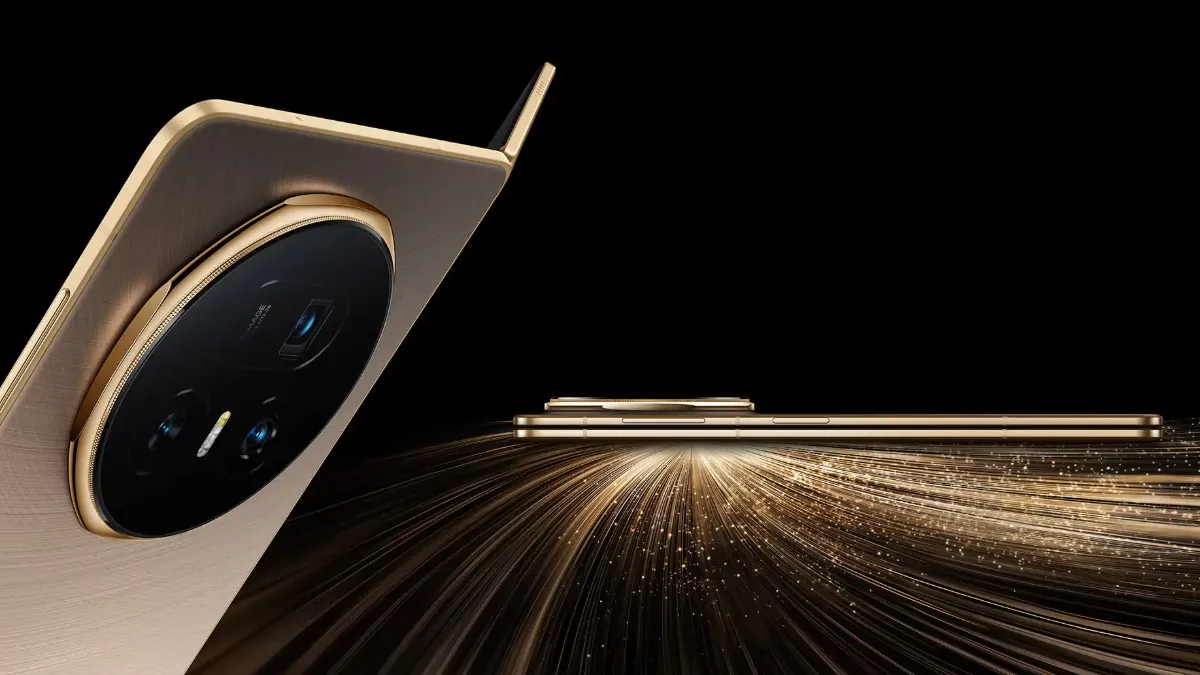
What Is Considered the Core Technology of Web 3.0 ?
Blockchain, decentralized networks and smart contracts, are considered the core technology of Web 3.0, enabling security, transparency, and user control. Web 3.0 transforms the internet through the use of new technologies, with blockchain serving as a critical component in keeping digital acts safe and clear. By removing middlemen and automating transactions, smart contracts boost trust.. Decentralized networks allow you greater control and ownership over your data. The semantic web enables computers to better grasp content, resulting in smarter apps. These tools work together to make the internet more secure, fair, and open.
Web 3.0 will use semantic technology to interpret web content. As a result, programs and search results will become more intelligent and capable of understanding user requirements.
What Is Core Technology of Web 3.0 ?
Decentralization of data and User Ownership
Web 3.0 gives control the user. It moves away from large corporations owning everything. Instead, it manages data and transactions through systems such as blockchain. This enables you to own your digital identity and assets. You may now take ownership of your digital assets and identity. For instance, DeFi systems let you manage your finances without a bank. Tokenized assets allow you to own pieces of an item, creating new investment opportunities.
How blockchain enables decentralization and transparency
Blockchain is critical to make the internet decentralized. It distributes data among multiple computers, so no single organization controls it. This will increase the control over digital identity and assets. Blockchain also clarifies matters by documenting each transaction on a public list. You can check actions yourself, eliminating the need for a mediator, which fosters confidence.
For example, blockchain has transformed industries such as healthcare and supply chains. It protects data, tracks goods, and clarifies procedures. Blockchain promotes justice in government by allowing citizens to share decision-making power.
Decentralized governance
Decentralization is one of the more essential principles in Web 3.0. Litan stated that power is not concentrated with central corporate authorities, but rather with decentralized autonomous groups that distribute it to stakeholders. Anyone with a governance token will be able to vote on propositions and make protocol-related decisions.
The Semantic Web: Making Data Easier to Understand
The semantic web makes the internet work smarter. It allows computers to grasp the meaning of data rather than simply reading it. This allows machines to process information more than humans do. The semantic web contributes to the development of smarter, more effective apps in Web 3.0. For example, search engines can provide more accurate replies if they comprehend what you mean.
The semantic web is crucial because it connects data from several sources. This makes easy to find what we need. It also helps machines function better with data, resulting in more personalized and helpful online experiences.The semantic web helps machines by organizing data clearly. It uses tools like RDF (Resource Description Framework) and OWL (Web Ontology Language) to label and connect data.
Practical Applications of Web 3.0 Technologies
- Keeping your identity and data safe
- Modifying the way we transmit and receive money..
- Trustless and permission-less controls and environments
- Metaverse support
Characteristics of Web 3.0
- Semantic Web
- Machine Learning and AI.
- Internet of Things (IoT)
- Trustless Data
- 3D Graphics
